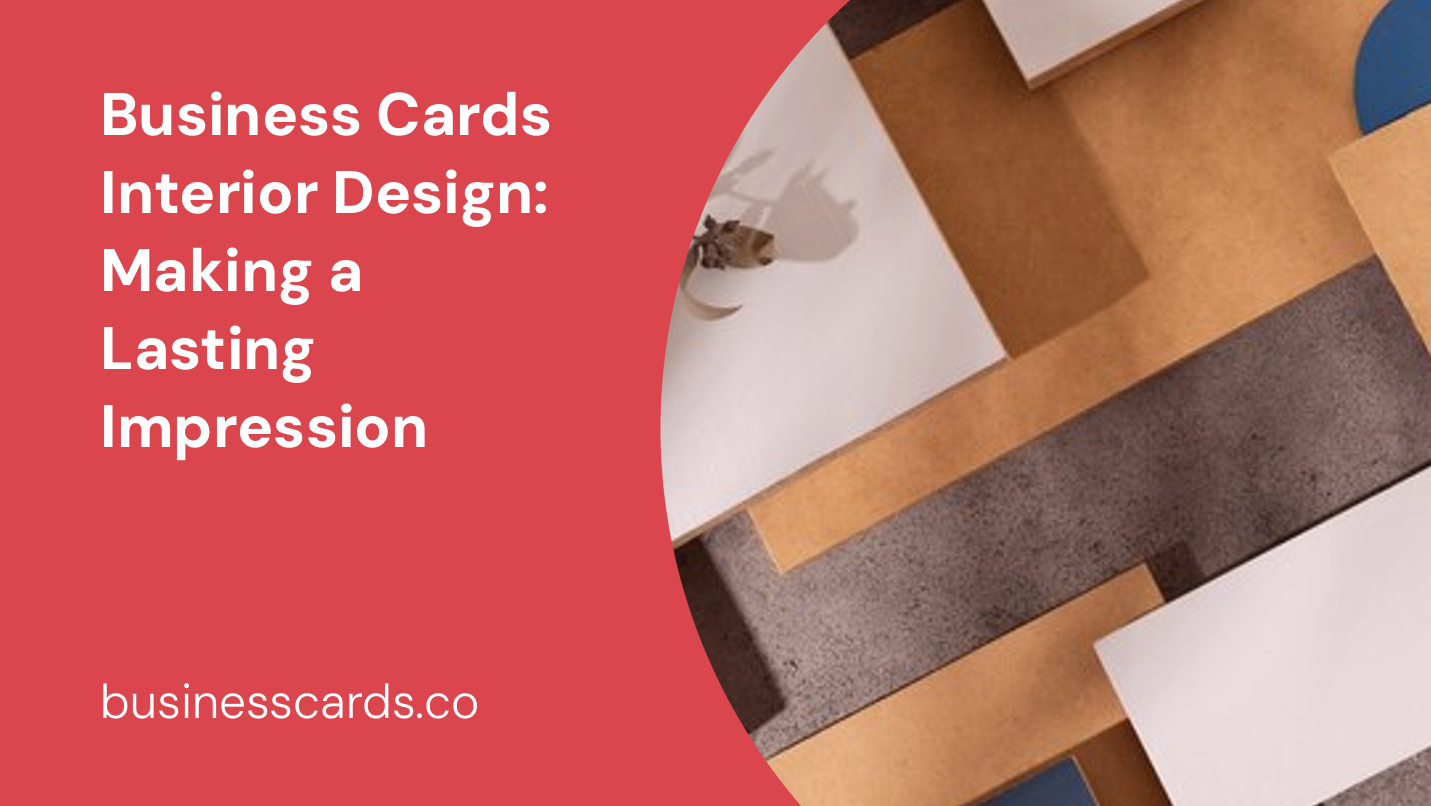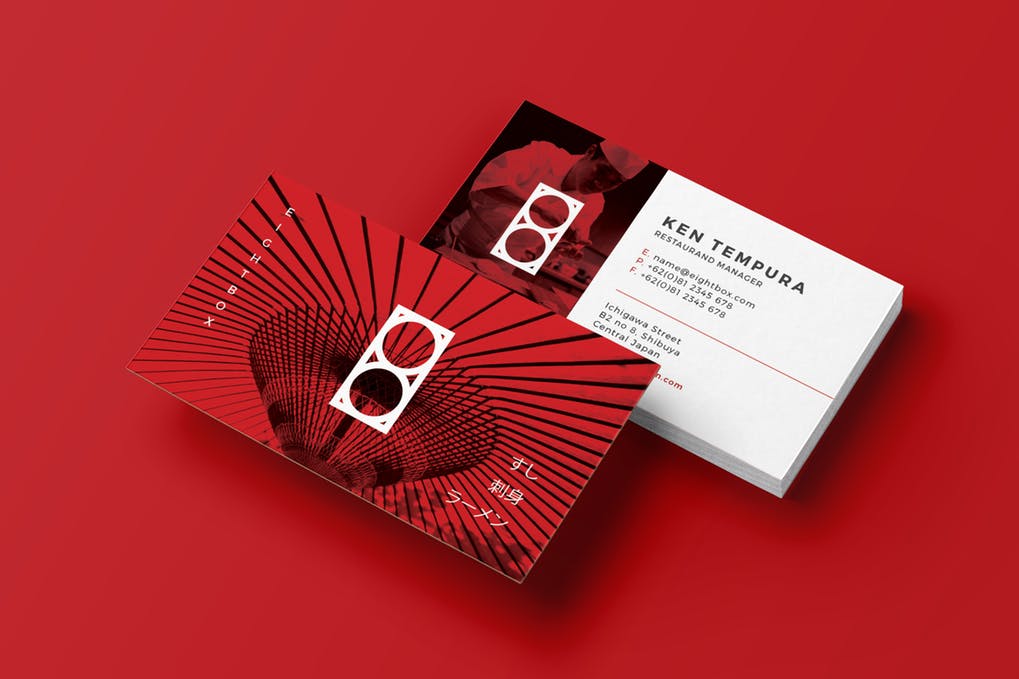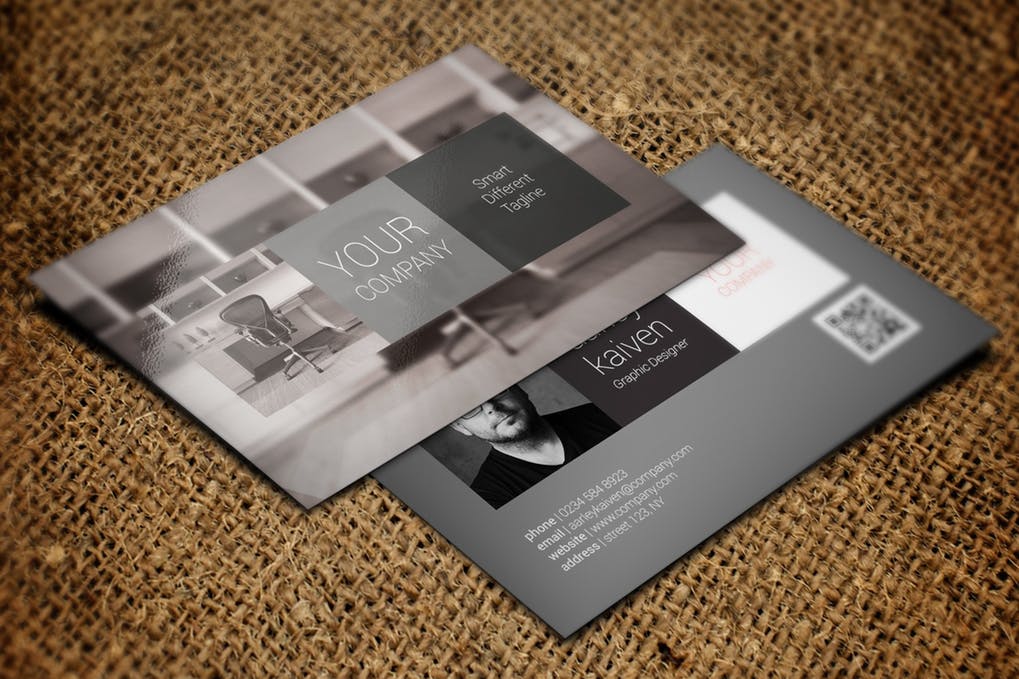
Imagine attending a networking event and exchanging business cards with professionals from different industries. As an interior designer, your business card is not just a means of sharing contact information; it is a representation of your creative skills and design aesthetic. In a competitive field like interior design, making a lasting impression is essential to stand out from the crowd. This is where your business card plays a crucial role. In this article, we will explore the importance of business cards in the interior design industry and provide you with tips to create a visually compelling and memorable business card that truly reflects your unique style and expertise.
Why Business Cards Matter in Interior Design

In a world dominated by digital communication, you might wonder if business cards still hold any relevance. However, when it comes to the interior design industry, the tangible nature of a business card can leave a lasting impression. As an interior designer, your goal is to not only showcase your expertise but also demonstrate your attention to detail and aesthetics. A well-designed business card can serve as a mini portfolio, capturing the attention of potential clients and collaborators.
1. Showcasing Your Aesthetic
Interior design is a visual industry, and your business card should reflect your design style and aesthetic. The choice of colors, typography, and overall design should be consistent with your branding. Whether you prefer a minimalist, modern, or eclectic style, your business card should be a reflection of your design philosophy. By incorporating your unique style into your business card, you can give potential clients a glimpse of your creativity and expertise.
2. Elevating Your Professional Image
As an interior designer, your business card is an extension of your professional image. It is an opportunity to present yourself as a credible and trustworthy professional. A well-designed and high-quality business card can convey a sense of professionalism and attention to detail. When clients and collaborators hold your business card in their hands, they should immediately associate it with quality and professionalism, setting you apart from your competition.
3. Making a Lasting Impression
In the interior design industry, first impressions matter. Your business card is often the first physical contact a potential client or collaborator has with your brand. It is your chance to create a lasting impression that will linger in their minds. By investing in a creatively designed business card, you can ensure that you are remembered long after the event or meeting is over. A visually captivating business card can spark curiosity and make people more likely to reach out for further discussion or collaboration.
Design Considerations for Your Interior Design Business Card

Now that you understand the importance of business cards in the interior design industry, let’s delve into some key design considerations to create a visually appealing and impactful business card.
1. Simplicity and Clarity
When it comes to design, less is often more. Keep your business card design simple and uncluttered to ensure that the recipient can easily read and understand the information provided. Use a clean and easy-to-read font for your name and contact details. Remember, your business card should serve as a quick reference, so avoid overcrowding it with unnecessary information or complex design elements.
2. Incorporating Visual Elements
While simplicity is key, you should also incorporate visual elements that align with your interior design style. Consider adding a small, tasteful logo or a relevant image that represents your brand. You can also use color combinations that reflect your design aesthetic. For example, if you specialize in coastal-inspired interiors, consider using shades of blue and sandy tones in your business card design. However, make sure to maintain a balance between visual appeal and readability.
3. Quality Printing and Paper
To create a lasting impression, invest in high-quality printing and paper for your business cards. Opt for a thick stock paper that feels substantial and durable when held. The choice of paper finish can also make a difference. Consider using a matte finish for a modern and sophisticated look, or a glossy finish if you want to add a touch of elegance and vibrancy to your design. Remember, the tactile experience of holding a well-crafted business card can leave a lasting impression on the recipient.
4. Showcasing Your Portfolio
An interior design business card can also serve as a mini portfolio. Consider including a QR code or a short URL that directs recipients to an online portfolio showcasing your best work. This way, you can provide potential clients with a glimpse of your design capabilities and inspire them to explore your portfolio in more detail. By incorporating this interactive element, you can make your business card more engaging and memorable.
The Power of a Well-Designed Business Card in Interior Design
In conclusion, a well-designed business card can be a powerful tool for interior designers. It serves as a tangible representation of your design style, elevates your professional image, and creates a lasting impression on potential clients and collaborators. By incorporating your unique aesthetic, investing in quality printing, and incorporating visual elements that reflect your brand, you can create a business card that truly captures the essence of your interior design expertise. So, go ahead and design a business card that stands out in a sea of professionals, leaving a lasting impression on all those you exchange cards with.
Isabella, a branding guru, merges her love for storytelling with her marketing expertise. Her fascination with cultural diversity and travel lends a global perspective to her writing about business cards and graphic design. In her free time, she explores new cuisines and documents her culinary adventures.